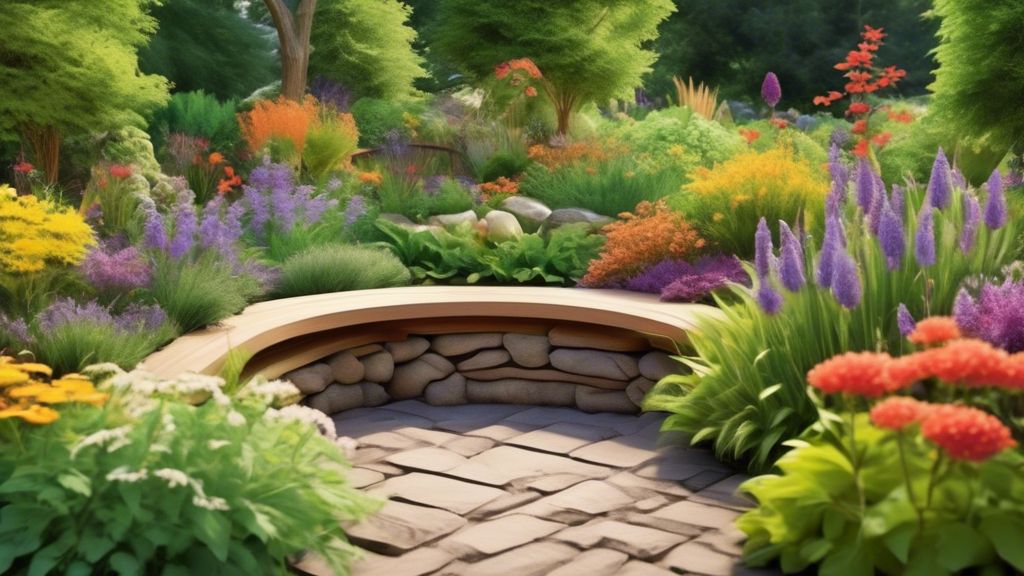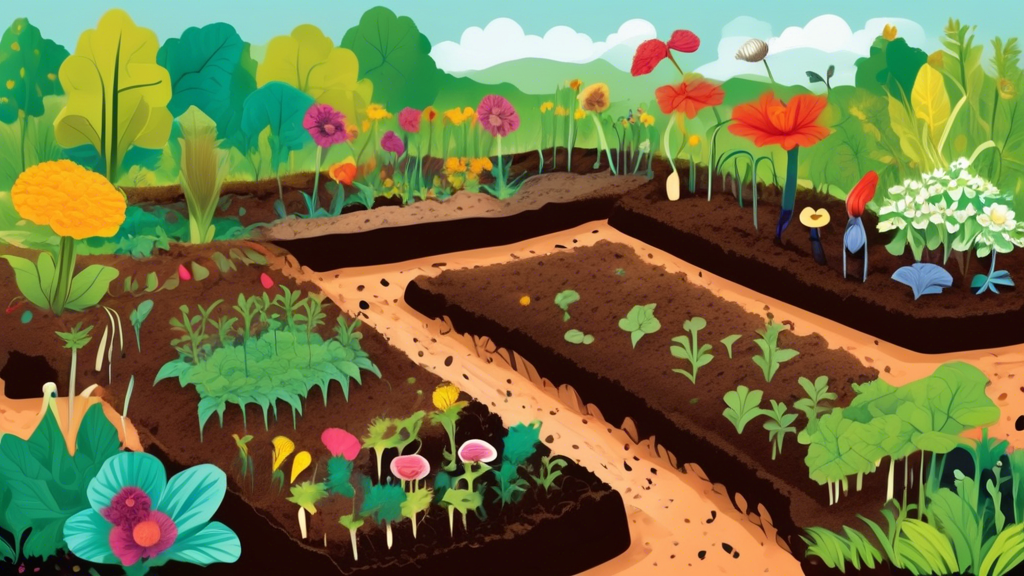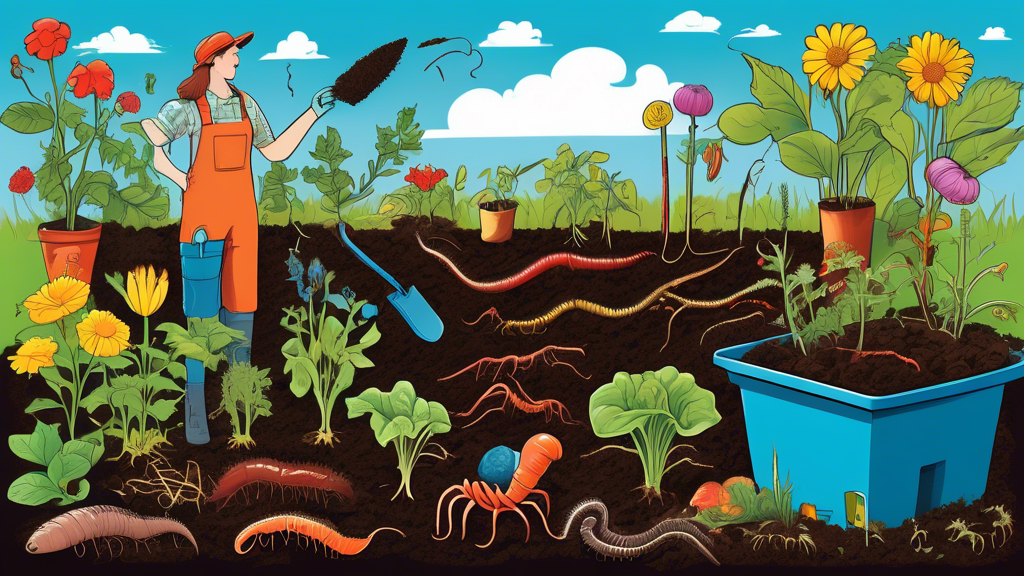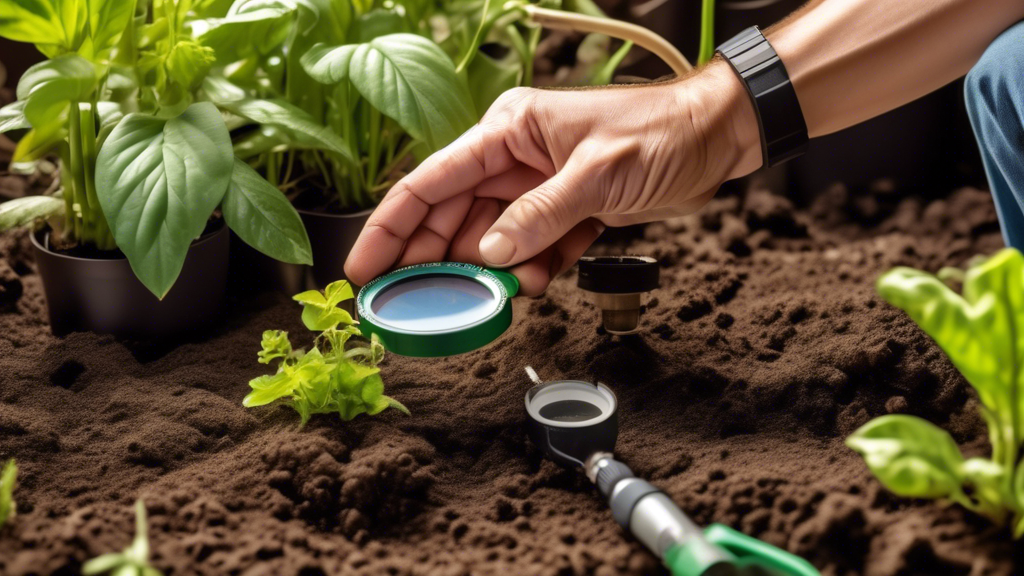
Drought conditions are becoming increasingly common, making sustainable gardening practices essential for preserving water and maintaining vibrant outdoor spaces. This guide focuses on creating drought-resistant gardens that not only thrive with minimal water but also contribute to a more sustainable environment. It covers selecting the best drought-tolerant plants for different climates and provides effective irrigation techniques, including drip systems, mulching, and rainwater harvesting. Additionally, the guide explores building raised garden beds with appropriate materials and construction tips, and how to integrate hardscape elements such as gravel paths, rock gardens, and water features. These ideas will help transform your garden into a drought-resilient haven that conserves resources while offering aesthetic appeal.
Designing Your Drought-Resistant Garden
Selecting Drought-Tolerant Plants: Best Choices for Your Area
Choosing the right plants is crucial for creating a garden that thrives under limited water conditions. Start by researching native species, as they are already adapted to local climates. Some drought-resistant plants suitable for various regions include succulents like Sedum and Agave, lavender, and ornamental grasses such as Blue Fescue and Mexican Feather Grass. For color and variety, consider drought-tolerant perennials like Russian Sage, Coneflower, and Blanket Flower. These plants offer beauty while needing minimal water.
Consult local gardening guides or speak with horticulturists to identify region-specific plants. This can help you avoid species that might not perform well in your climate.
Efficient Irrigation Techniques: Drip Systems, Mulching, and Rainwater Harvesting
Efficient water use is vital in maintaining a drought-resistant garden. Drip irrigation systems are one of the best methods, delivering water directly to the plant roots where it’s needed most. This method minimizes evaporation and runoff, making it an ideal solution for water conservation.
Another essential practice is mulching. Apply a layer of organic mulch around your plants to help the soil retain moisture, reduce weed growth, and protect against temperature extremes. Materials like straw, wood chips, and compost are great choices for mulch.
Rainwater harvesting can also significantly supplement your irrigation needs. By installing rain barrels or more complex collection systems, you can capture and store rainwater for use during dry periods. This not only conserves water but also reduces reliance on municipal supplies.
Creating Sustainable Garden Features
Building Raised Garden Beds: Materials and Construction Tips
Raised garden beds are an excellent way to manage water efficiently and provide better control over soil quality. To get started, choose the right materials. Wood, stone, and recycled plastic are popular choices. Cedar and redwood are naturally rot-resistant, making them fantastic options for wooden beds.
Once you have selected the materials, it is important to plan the size and location of your raised beds. They should be at least 12 inches deep to allow roots to grow. To build, cut your materials to the desired size and assemble them into a rectangular frame. Ensure the frame is level and secure it with screws or brackets.
Place a layer of cardboard or landscape fabric at the bottom to suppress weeds. Fill the bed with a rich mix of compost and soil. Mulching the top layer helps retain moisture, reducing the need for frequent watering.
Incorporating Hardscape Elements: Gravel Paths, Rock Gardens, and Water Features
In addition to plants and raised beds, consider adding hardscape elements to your garden. Gravel paths provide a durable and low-maintenance way to navigate your garden. To create a gravel path, start by marking the desired route. Excavate the path area to about 4 inches deep. Place a landscape fabric at the bottom to prevent weeds, then fill with gravel. Rake the gravel to even it out, and compact it to create a firm surface.
Rock gardens are another sustainable addition. They can conserve water and add visual interest. Collect an assortment of rocks of various sizes. Dig shallow holes to anchor the larger rocks firmly in place. Arrange the smaller rocks around them and fill gaps with drought-tolerant plants like succulents and ornamental grasses.
Water features like birdbaths or small fountains can add a tranquil element to your garden without excessive water usage. Opt for solar-powered models to ensure energy efficiency. Place these features where they can be easily seen and appreciated, turning your garden into a relaxing outdoor space.
In conclusion, establishing a drought-resistant garden is a rewarding endeavor that combines practicality, sustainability, and aesthetic appeal. By carefully choosing plants suited to your local climate and employing efficient irrigation methods such as drip systems, mulching, and rainwater collection, you can conserve water effectively. Additionally, integrating features like raised garden beds and thoughtfully designed hardscape elements, including gravel paths, rock gardens, and water installations, enhances both functionality and visual interest. Through these strategies, you can create an environmentally friendly garden that thrives in arid conditions while contributing to water conservation efforts.






